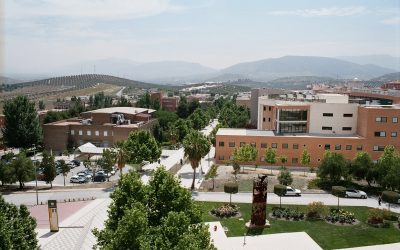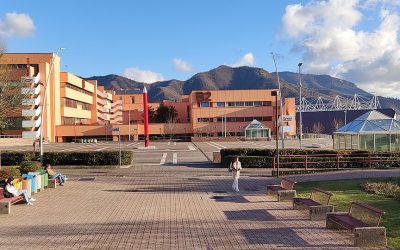The USV – DEGREE PROGRAMS 2023-2024 aims to provide a comprehensive overview of active degree programs at the Stefan cel Mare University from Suceava for the academic year 2023-2024, highlighting enrollment statistics by gender and age.
In terms of gender distribution, the non-engineering faculties have a considerable skew toward female students, with 72.50% female and only 27.50% male. This trend is consistent across various faculties within this category: the Faculty of Educational Sciences stands out with 96.56% female enrollment and the Faculty of Medicine and Biological Sciences also shows a high female dominance with 87.14%. In contrast, the Faculty of Physical Education and Sport has a relatively more balanced distribution but still has more male students (58.70%). The engineering faculties show the opposite trend, with a significant skew toward male students, 73.99% male and 26.01% female. Notably, The Faculty of Mechanical Engineering, Automotive and Robotics has a very high proportion of male students (91.53%) and the Faculty of Food Engineering has a slightly more balanced distribution but still a majority of female students at 74.59%. These disparities highlight the gender preferences or tendencies in specific fields of study, indicating that engineering fields are predominantly chosen by male students, while non-engineering fields, especially those related to education are preferred by female students.
In terms of age, most students across all faculties fall within the 21-40 years age range (84.71%). Faculties with a higher proportion of older students (40+ years) include the Faculty of History, Geography and Social Sciences (12.39%) and the Faculty of Educational Sciences (12.66%). Faculties with a higher proportion of younger students (≤20 years) include the Faculty of Electrical Engineering and Computer Science (9.26%) and the Faculty of Letters and Communication Sciences (8.91%). The distribution of students across different study programs shows that the majority of students in doctoral and master’s programs are older (21-40 years and 40+ years). This suggests that these programs are attended by individuals who have continued their studies after previous experiences or who are further specializing in their field. Also, bachelor’s programs have a notable proportion of younger students (≤20 years). This indicates that most students enroll in university immediately after completing their pre-university studies.
The demographic pattern presented above helps educational institutions and policymakers understand enrollment trends, identify gaps and allocate resources more effectively.



